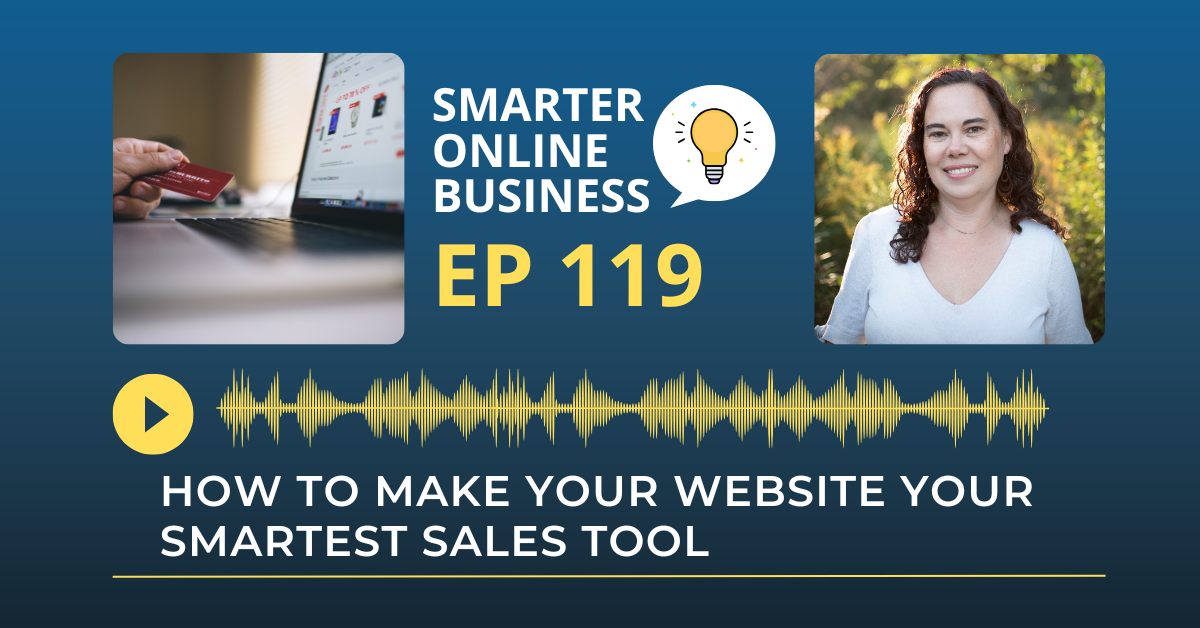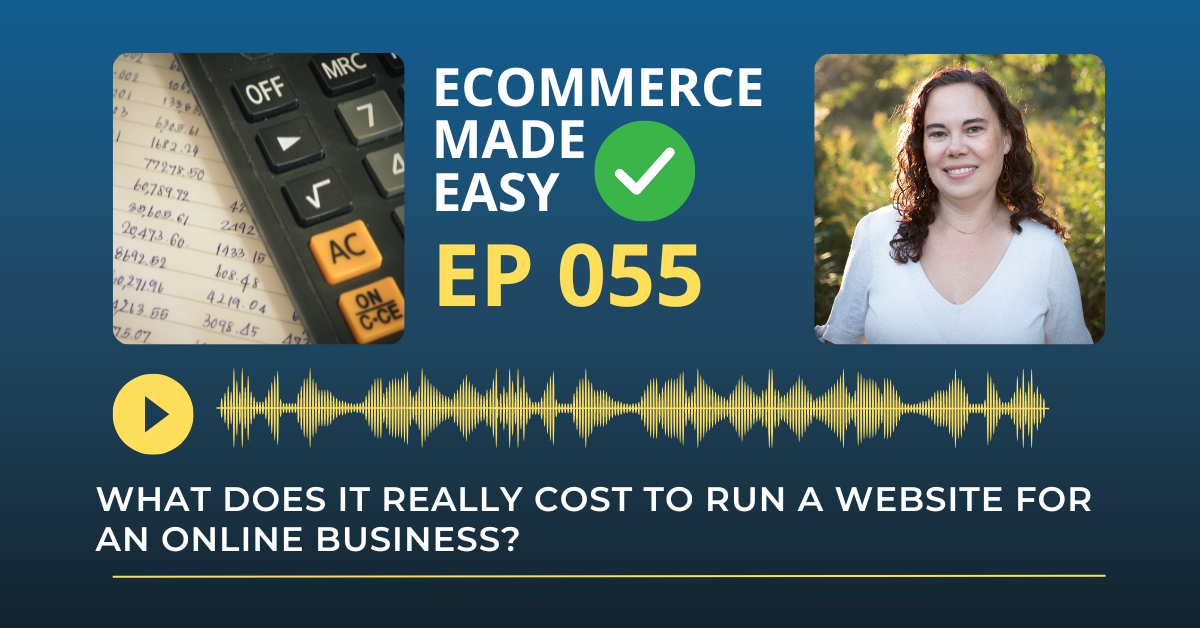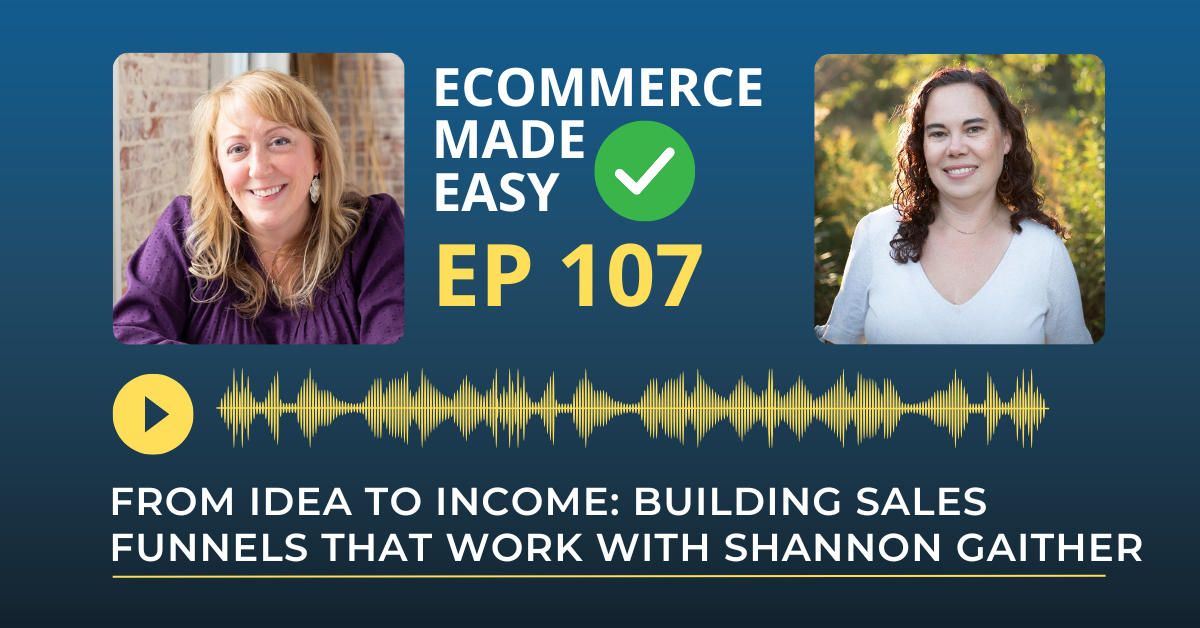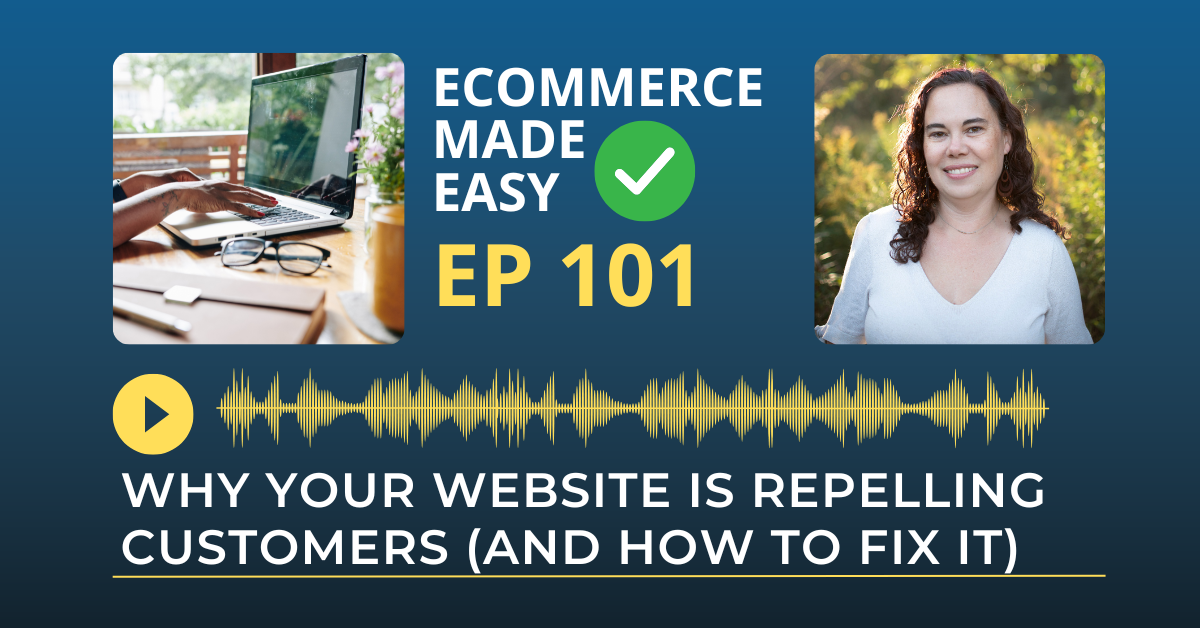Your website might look great.
It might even feel fast.
But if it’s not attracting leads, building trust fast, and converting visitors into buyers—it’s not doing its job.
And the truth is, most websites are actually working against their owners.
In today’s episode, I’m going to walk you through what a smart website actually does—and why yours might be quietly costing you sales.
You’ll learn a 3-part framework to help you turn your site into your smartest sales tool, along with the most common mistakes to avoid.
And stick with me to the end—I’ll share one silent homepage killer that could be repelling your dream clients in the first five seconds.
Let’s Recap: How to Make Your Website Your Smartest Sales Tool
Why Most Business Websites Fail
The way most business owners approach their websites is fundamentally flawed. While aesthetics and speed are important, they’re not the primary factors that determine a website’s success. The harsh truth is that many websites actively work against their owners by failing to attract leads, build trust, or convert visitors into customers.
In today’s digital landscape, this oversight can be costly—leaving potential revenue on the table while competitors capture market share.
The Misunderstanding at the Core
The problem stems from a fundamental misunderstanding of what a website should accomplish. Too many business owners treat their websites as digital brochures rather than strategic sales tools.
They invest in beautiful designs and brand-matched colors but overlook the elements that actually drive conversions. If your website were an employee, would you promote it or fire it? This question, while seemingly dramatic, forces us to evaluate our websites objectively.
Most underperforming websites share three critical deficiencies that prevent them from generating meaningful business results.
1. Attracting the Right Visitors
Even the most gorgeous website is worthless if your ideal customers never find it. A smart website incorporates search engine optimization (SEO) strategies to rank for relevant keywords.
But beyond technical SEO, your messaging must speak directly to your dream clients’ needs, pain points, and desires. Many business owners mistakenly think they need more traffic when what they really need is better-matched traffic.
When your message is clear and your site is properly optimized, you’ll naturally attract visitors who are already looking for what you offer—creating a much stronger foundation for conversions.
2. Building Instant Trust and Connection
Research shows you have about five seconds to make a first impression online. If your homepage doesn’t immediately communicate who you help, what you do, and what visitors should do next, they’ll bounce.
Immediate trust-building begins with:
- A clear above-the-fold headline that speaks directly to your audience’s needs
- Strong, brand-aligned visuals
- Intuitive navigation that makes sense at first glance
Further down the page, social proof elements like testimonials and recognizable client logos cement that trust. Remember—clarity builds trust faster than clever designs or witty copy. A confused visitor will leave rather than try to decipher your offering.
3. Making It Easy for Visitors to Say “Yes”
Even websites that look great and communicate clearly often fail at this critical point. A strategic website guides visitors toward one specific action per page through clear, benefit-driven calls to action (CTAs).
Too many websites sabotage conversions by:
- Offering too many options at once
- Using vague button text like “Learn More” or “Submit”
Each page should have a single objective, and your CTA should clearly state the benefit of taking action. The most effective websites reduce friction and make the next step feel natural and easy.
The Silent Killer: Weak or Missing Above-the-Fold CTAs
One of the most common—and most costly—website mistakes is neglecting a clear call to action above the fold. This prime digital real estate is your best chance to guide new visitors before they scroll or leave.
Instead of generic phrases like “Learn More,” use benefit-driven CTAs:
- “Download the Free Checklist”
- “Start Your Free Trial”
- “Book a Strategy Call”
This small change can dramatically improve conversion rates by giving visitors a clear, immediate path forward.
Turning Your Website Into a Sales Tool
The good news? You don’t need a full redesign or advanced technical skills to make your website work harder for your business.
By focusing on these three key areas—
- Attracting the right visitors
- Building instant trust
- Making it easy to say yes
—you can transform your site into a true sales asset. Small, strategic changes like adding benefit-driven CTAs, clarifying your messaging, and simplifying the visitor’s journey can yield substantial results.
The most effective websites aren’t necessarily the prettiest or the most technologically advanced—they’re the ones that understand their visitors’ needs and guide them smoothly toward a solution.
Mentioned Resources
Listen more about Search Engine Optimization (SEO) through SEO related podcast episodes!
Take our free SEO Mini Course to boost your SEO today!
Rate, Review, & Follow on Apple Podcasts
If you’re loving my eCommerce Made Easy Podcast, I’d be thrilled if you could rate and review the show on Apple Podcasts. Your ratings and reviews help me reach more listeners and empower more people like you to thrive in the online business world.
Just click here to head over to Apple Podcasts, scroll down, give us a five-star rating, and share what you enjoyed most about the episode in the “Write a Review” section.
If you haven’t hit that follow button yet, now’s the perfect time! I have new episodes coming your way every week that you won’t want to miss. Hit the follow button and stay up to date with the eCommerce Made Easy Podcast! Follow Now!




